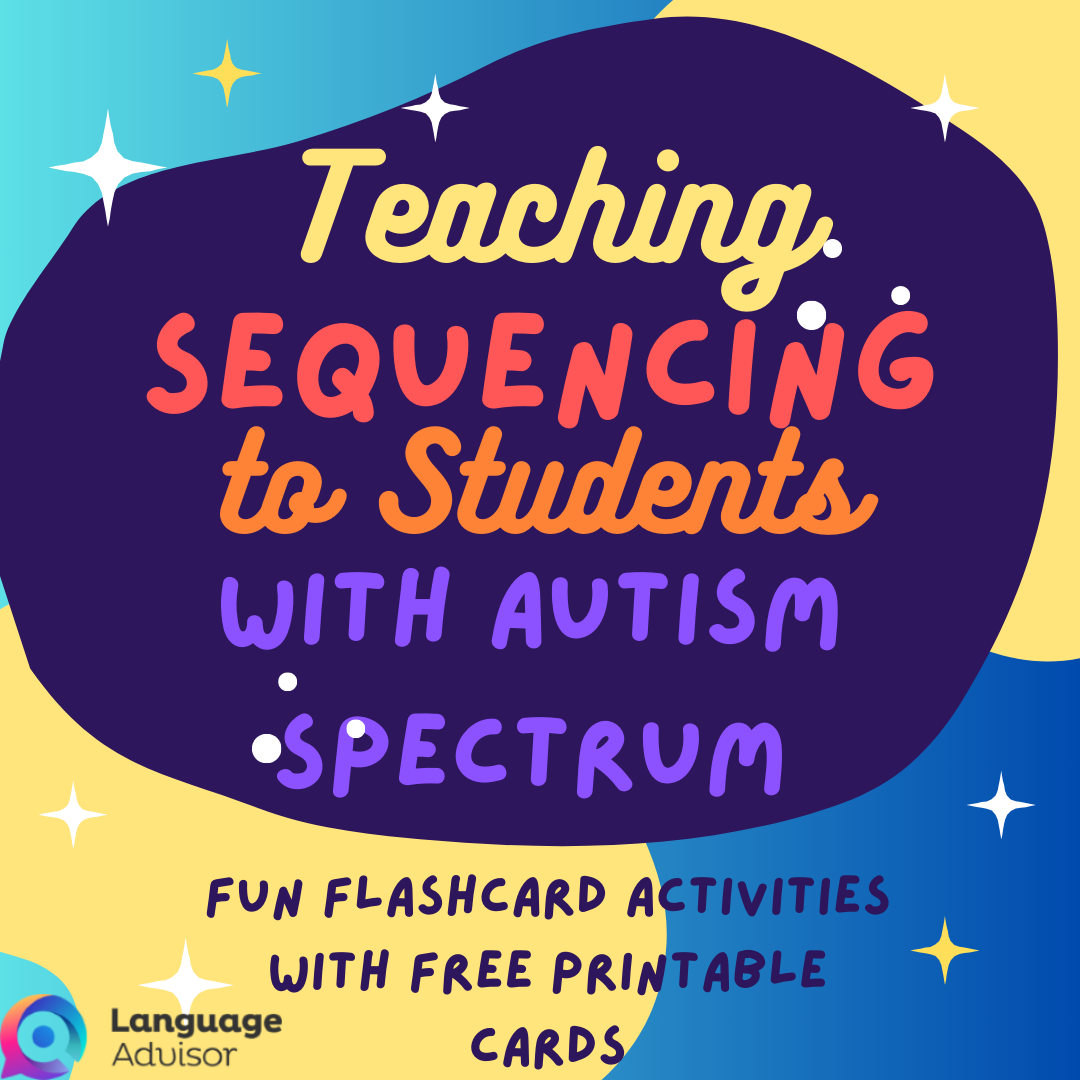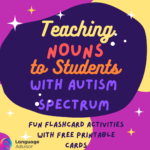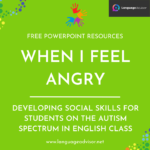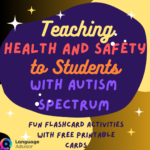Teaching Sequencing to Students with Autism Spectrum: Fun Flashcard Activities with Free Printable Cards
Teaching Sequencing to Students with Autism Spectrum

Teaching Sequencing to Students with Autism Spectrum
Flashcards are powerful tools for teaching various concepts like emotions, nouns, occupations, verbs, and sequencing. For students on the autism spectrum, these visual aids can enhance communication, vocabulary, social skills, and understanding of daily routines. By engaging in hands-on, repetitive activities, students can better grasp these concepts in an enjoyable and supportive environment.
In this post, we’ll explore fun activities using noun cards, plus provide free printable flashcards for each category, ready to use at home or in the classroom.

Sequencing Cards: Understanding Order and Daily Routines
Sequencing cards help students understand the order of events, routines, and logical progressions. These cards can illustrate processes like brushing teeth, cooking, or getting dressed.
Why Are Sequencing Cards Important?
- Supports cognitive development: Helps students understand the concept of order and cause-effect relationships.
- Builds independence: Sequencing helps students follow routines and understand daily tasks.
- Enhances comprehension: Understanding sequences supports reading comprehension and problem-solving.
Activities Using Sequencing Cards
Show part of a sequence and ask the student what comes next. This helps them predict and understand logical progressions..
Arrange the Sequence
Provide a set of sequencing cards (e.g., “getting ready for school”) and ask the student to arrange them in the correct order.
Tell a Story with Sequencing Cards
Show a sequence of events and ask the student to describe what is happening in each step, helping to build narrative skills.
What Comes Next?
Show part of a sequence and ask the student what comes next. This helps them predict and understand logical progressions.
DOWNLOAD THE PDF FOR FREE
Final Thoughts
Flashcards are an invaluable tool for helping students on the autism spectrum learn various concepts—from emotions and nouns to verbs, occupations, and sequencing. These activities make learning interactive and enjoyable, supporting language development, social skills, and cognitive understanding.
Don’t forget to download the free flashcards and start practicing today.
Let us know how these activities work in your classroom or at home, and feel free to share your experiences in the comments below. Happy teaching!






